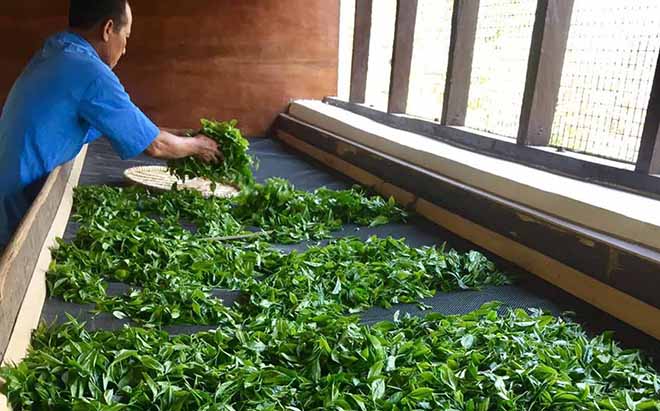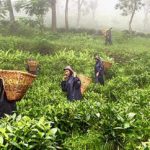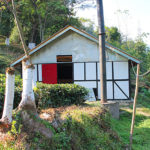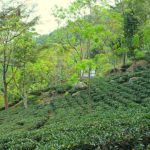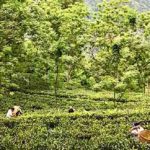Sikkim is a mountain state in north-east India bordering with Nepal in the west, Tibet in the north, Bhutan in the east and West Bengal in the south, where it’s almost literally a stone’s throw to Darjeeling. Sikkim is famous for its biodiversity: it has both subtropical climate and the climate of the Alps.
Specifics of Sikkim
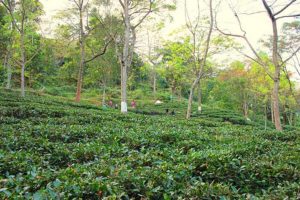 Almost 35 percent of the territory is the Khangchendzonga National Park with India’s highest mountain and the third highest mountain in the world. In late 17th century it was proclaimed an independent kingdom to join India as the 22nd Indian state as a result of a referendum in 1975. In 2003, the Sikkim government undertook to make this small state completely ecological. A government decree gradually limited the use of all pesticides and chemicals with a negative influence on the environment. Since then, 70% of Sikkim’s land has been transferred into an organic regime. Together with the ban of chemicals in agriculture there has been a great support of traditional agricultural and faring processes.
Almost 35 percent of the territory is the Khangchendzonga National Park with India’s highest mountain and the third highest mountain in the world. In late 17th century it was proclaimed an independent kingdom to join India as the 22nd Indian state as a result of a referendum in 1975. In 2003, the Sikkim government undertook to make this small state completely ecological. A government decree gradually limited the use of all pesticides and chemicals with a negative influence on the environment. Since then, 70% of Sikkim’s land has been transferred into an organic regime. Together with the ban of chemicals in agriculture there has been a great support of traditional agricultural and faring processes.
First gardens and “small growers”
The first, and until recently the only tea garden − Temi Tea Garden – was founded in 1969 in southwest Sikkim. As late as from the end of the 1990s, more small gardens started to pop up in its vicinity. However, most of them only sold green leaves to the Temi factory. In 2000, Mr Bermiok Rimpoche of southwest Sikkim decided to found and run his small tea garden. It took him two years to cultivate the mountain soil and in 2003 he planted the first clonal tea shrubs from nearby Darjeeling. He was able to harvest his first leaves as late as in 2010/2011 and he processed them in his miniature factory that he had just built. Most of his small garden is shaded with grown trees, which makes his teas unmistakable. The tea production of Mr Bermiok Rimpoche combines ancient tradition of the local mountain farming tribes with modern ecological agriculture. The whole processing is a hand-craft, the tea leaves are handpicked and sorted manually in very small batches.

